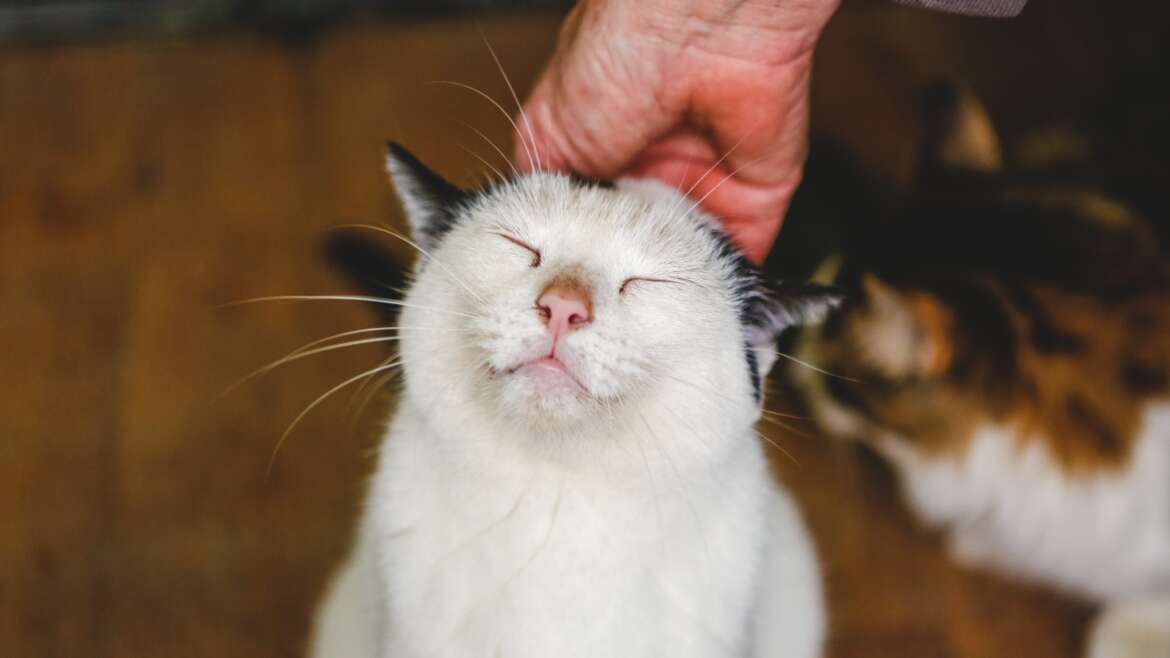Feline Urinary Tract Diseases (FLUTD) encompass a range of conditions affecting your cat’s urinary system. As a responsible pet owner, being informed about FLUTD can help you recognize early signs, seek timely treatment, and manage your cat’s health more effectively. Here’s what you need to know about FLUTD to keep your feline friend in tip-top shape.
What is FLUTD?
FLUTD is a broad term used to describe various disorders that impact a cat’s urinary tract. This includes the bladder, urethra, and kidneys. Common forms of FLUTD include:
- Feline Lower Urinary Tract Disease (FLUTD): A general term for conditions affecting the bladder and urethra.
- Feline Idiopathic Cystitis (FIC): A form of FLUTD with no identifiable cause, often associated with stress.
- Urolithiasis: The formation of urinary stones or crystals that can obstruct the urinary tract.
- Urinary Tract Infections (UTIs): Although less common in cats compared to other species, infections can occur and cause symptoms similar to other FLUTD forms.
- Urethral Obstruction: A potentially life-threatening blockage in the urethra that prevents urine from leaving the body.
Recognizing the Symptoms
Awareness of FLUTD symptoms can make a big difference in how quickly your cat receives care. Watch for the following signs:
- Frequent Urination: Your cat may attempt to urinate more often than usual.
- Straining to Urinate: If your cat is struggling or seems uncomfortable when trying to urinate, it may be experiencing a blockage or inflammation.
- Blood in Urine: Noticeable blood in your cat’s urine can be a sign of infection or other serious issues.
- Inappropriate Urination: If your cat is urinating outside the litter box, it could indicate a urinary problem.
- Excessive Licking: Cats may lick their genital area excessively if they are in discomfort or pain.
- Behavioral Changes: Increased irritability or hiding behavior may accompany urinary tract discomfort.
Causes of FLUTD
Understanding the causes of FLUTD can help in prevention and management. Common causes include:
- Dietary Factors: Poor diet or a lack of adequate hydration can contribute to the formation of urinary crystals and stones.
- Stress: Changes in the home environment or other stressors can lead to FIC.
- Obesity: Overweight cats are at higher risk for developing urinary issues.
- Genetics: Some breeds are more prone to urinary tract issues, such as the Siamese.
Diagnosis and Treatment
If you suspect your cat has FLUTD, a visit to the veterinarian is crucial. Your vet will likely perform:
- Physical Examination: To assess overall health and check for signs of discomfort.
- Urinalysis: A test of the urine to detect blood, crystals, or infection.
- Imaging: X-rays or ultrasound may be used to identify stones or other abnormalities.
- Blood Tests: To evaluate kidney function and overall health.
Treatment varies depending on the specific FLUTD diagnosis but may include:
- Medications: To manage pain, inflammation, or infection.
- Special Diet: Prescription diets can help dissolve urinary crystals and stones, and maintain proper urinary health.
- Increased Hydration: Ensuring your cat drinks plenty of water can help prevent urinary issues.
- Stress Reduction: Behavioral modifications and environmental enrichment can help manage stress-related conditions like FIC.
Preventing FLUTD
While not all cases of FLUTD can be prevented, you can take several steps to reduce your cat’s risk:
- Provide Fresh Water: Ensure your cat has constant access to clean, fresh water.
- Maintain a Balanced Diet: Feed high-quality cat food appropriate for your cat’s age, health status, and dietary needs.
- Encourage Litter Box Use: Keep the litter box clean and in a quiet, accessible location.
- Manage Stress: Minimize changes in your cat’s environment and provide plenty of enrichment to keep them mentally and physically stimulated.
Conclusion
Feline Urinary Tract Diseases can be challenging, but with prompt attention and proper management, many cats recover well and lead happy, healthy lives. By recognizing the signs of FLUTD, understanding the causes, and following preventive measures, you can help protect your feline companion from these troublesome conditions. Regular veterinary check-ups and a keen eye on your cat’s behavior will go a long way in ensuring their urinary health remains in top condition. If you have concerns about your cat’s urinary health, don’t hesitate to reach out to your veterinarian for guidance and support.



